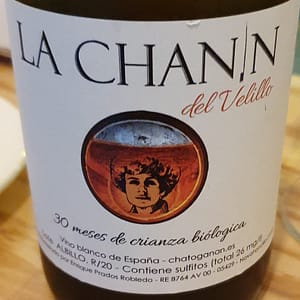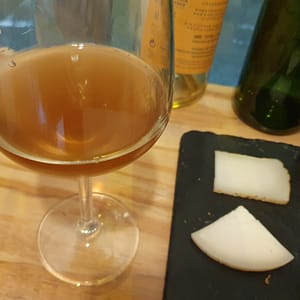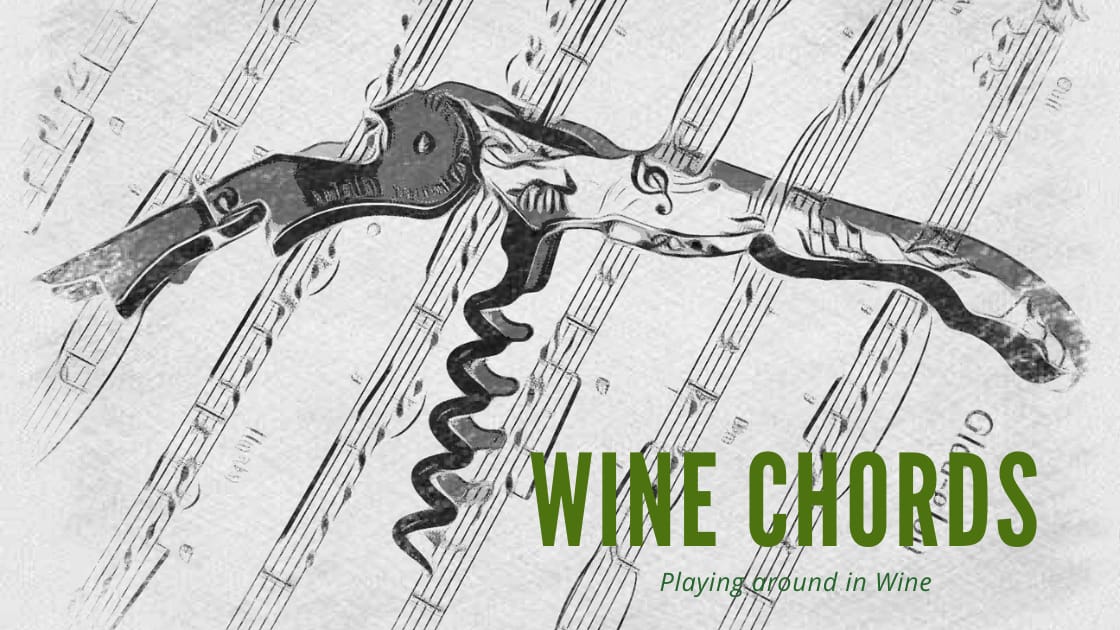La Chanin was presented by the sommelier of La Gracia bar in Murcia as a super cool orange wine. And it sure was. Orange wines can lack interest if they just have some extra skin-contact and miss the acidity to match. This one had the underlying concentration and excelled in electricity and vividness.
Silvia and Kike Srados started their Cható Gañán project in 2014. It was born out of the need to take care of and restore the respect for the old garnacha and albillo vines of Cebreros, where the whole family lives. This is a way to honour all those farmers and peasants -gañanes- who have preserved the exceptional old vineyards that the bodega can now enjoy and work with.
The wine is made of albillo real grapes from a century-old vineyard, at about 780 meters of altitude, with granite soil and a large presence of quartz. It is completely destemmed and left with skins for approximately three weeks. Spontaneous fermentation starts with native yeasts. It is made in stainless steel and lees are stirred for five months. It is also aged for five months in French barrels of various uses. Natural stabilization was secured by the cold. The wine is not clarified or filtered. Just a minimal dose of added sulfur. Bottled, labeled and sealed by hand.


La Chanin 2020 (Cható Gañán)
Deep golden colour, almost amber. Mature apples, apricots, yeast, iodine and a touch of honey. Full on the palate, good concentration, slight tannin, and the acidity contributes to an electric, vivid sensation. A slight bitterness towards the end. It hints to an amontillado too, and surely has a great personality
Price: Medium
Leave a Comment













